Benchmarks: Jonathan Brower — When curiosity sparks, all kinds of art are possible
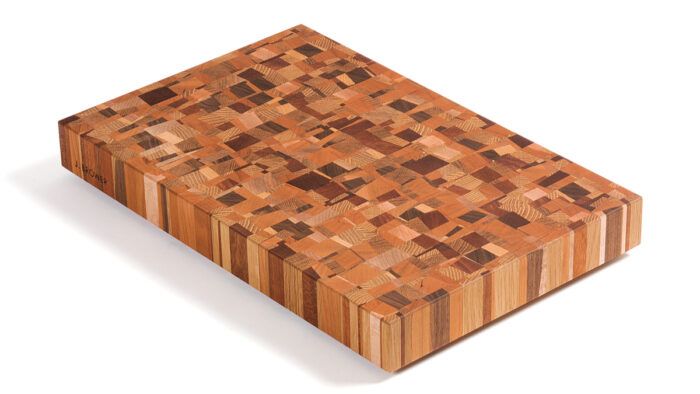

My wife caught me again. You know…back on the ground, legs out “wicked witch of the west” style, inspecting every piece of custom furniture in a gallery that showcased the handmade, high-end work of makers I had only read about.
“I just want to see how they attached the top.”
To which my wife gently and patiently replied, “Honey, is it time for furniture school?”
This snapped me to attention. Sitting up quickly, “Really?”
“Really.”
That was 2011.
In 2005, I was an artist and college instructor at Syracuse University and spent my extra time working at a cabinet shop and making simple 2×4 furniture for my apartment. Moved and married, I found work in cabinet shops and teaching retirees how to draw and paint in southern North Carolina.
Steadily, the furniture bug began to burrow. My wife recognized that I had been slowly moving away from my artistic pursuits and leaning more and more toward furniture making. She gave me a subscription to Fine Woodworking magazine and encouraged me to make what made me happy. My garage painting studio slowly, and then suddenly, transformed from a space with paints, brushes, and canvas to a shop with hardwoods, hand tools, and a workbench.
Fine Woodworking unlocked a whole new world of excitement and possibility. I would challenge myself with making as many projects from its pages as time and materials allowed. Projects like the Splay-Legged Table by Garrett Hack and the Build a Small Cabinet video series by Tim Rousseau were on my bench.
When we decided to end our time in the south, I said goodbye to a custom cabinet shop job making furniture and cabinetry and hello to the Center for Furniture Craftsmanship in Rockport, Maine. I would only learn after applying to the Center in 2011, that my instructor would, in fact, be Tim Rousseau, with the small cabinet project as part of our curriculum. I was over the moon excited to soak up all that the school could offer me, and I was rewarded with so much more.
Since then, I have served as a workshop assistant and instructor at the Center, made custom furniture and cabinetry for architects, designers, and private clients, partnered with another maker to form a furniture business, published an article in FWW on how to build our signature cutting board, and ultimately taken a full-time position as an art teacher (once again) at a boarding school in Newport, R.I.
Through my journey as a creative individual, I am constantly seeking out inspiration, encouragement, and opportunity. Articles like “Develop Your Own Designs” by Michael Fortune and “A Visit to the Design Doctor” by Hank Gilpin are excellent resources for taking your design chops to the next level. The Designer’s Notebook (like Yuri Kobayashi’s “Designing in Three Dimensions“) is one of the best things out there right now–a conversation with a problem solver about their process.
As a teacher, I am once again in a position to influence young and eager individuals in a creative and supportive space. The makers I have met, worked with, or read about, have all inspired me to challenge my skill set and aspirations and I have the honor of passing that along to the next generation.
Curiosity is fuel. When my curiosity met encouragement, I felt the engine fire up and I knew I could take on my next challenge while being seen and supported. When you get out from under the table, be curious.

Jonathan Brower
 |
Splay-Legged Table
Add tapered and splayed legs to your skills as a designer and craftsperson with this elegant side table. Garrett Hack |
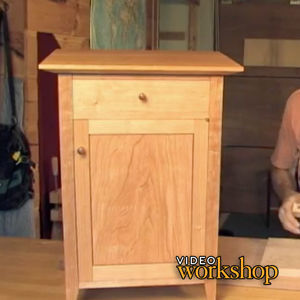 |
Build a Small Cabinet: Introduction
Get an overview of frame-and-panel case construction. Tim Rousseau |
Make mosaic cutting boards
Simple, repetitive steps elevate your shop scraps into beautiful, useful kitchen tools Jonathan Brower |
|
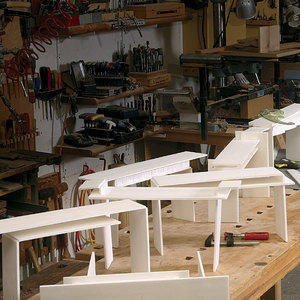 |
Develop Your Own Designs
A step-by-step process unlocks your creativity Michael Fortune |
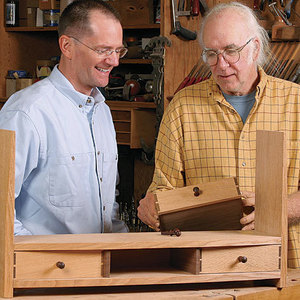 |
A Visit to the Design Doctor
Hank Gilpin has the answers for 3 frustrated furniture makers Hank Gilpin, Matt Kenney |
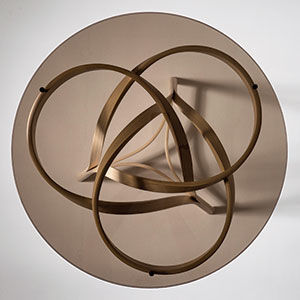 |
Designing in Three Dimensions
Yuri Kobayashi used 3-D modeling to develop the design of her eye-catching table. Yuri Kobayashi |

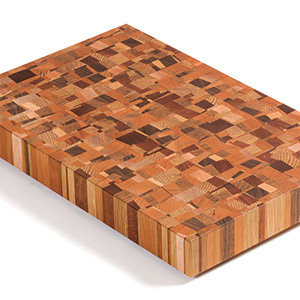
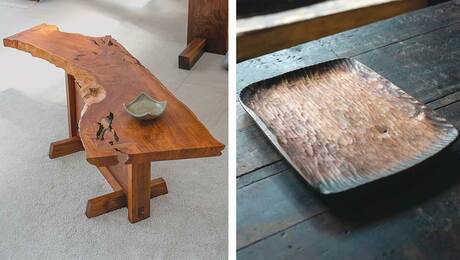
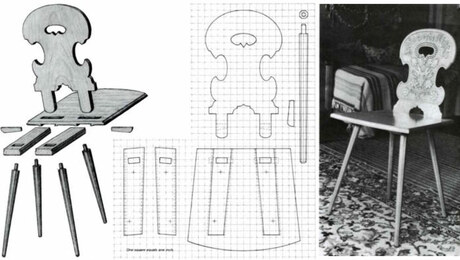
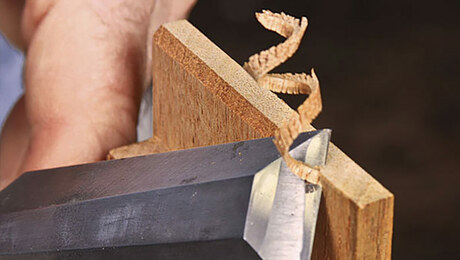
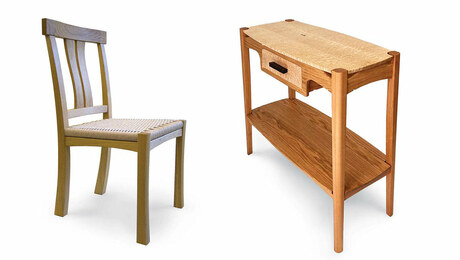


















Log in or create an account to post a comment.
Sign up Log in